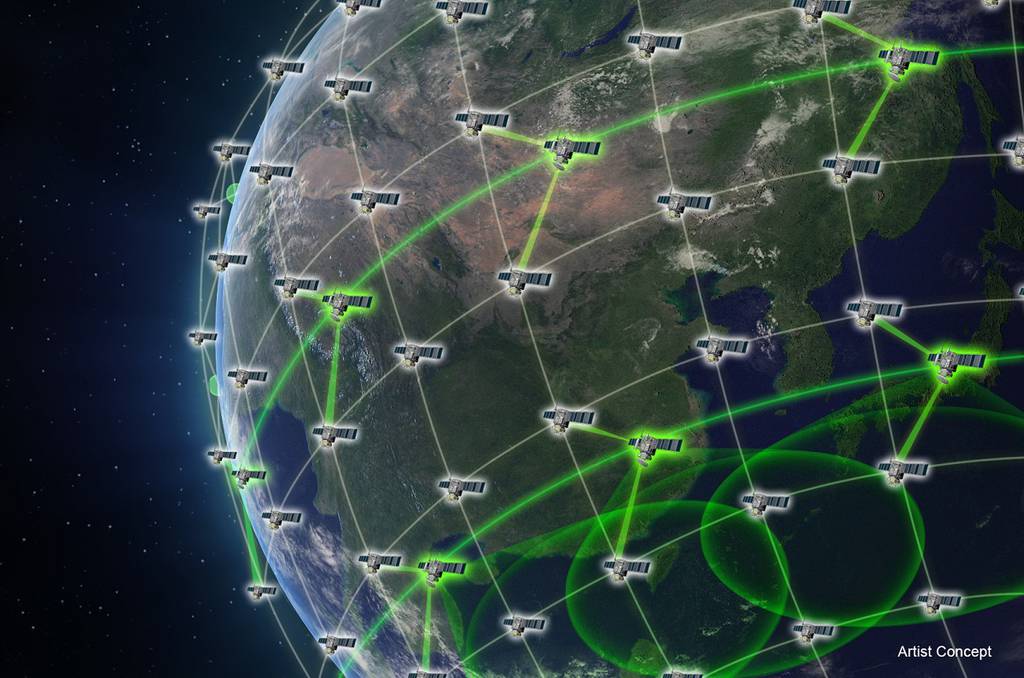WASHINGTON — The Space Force’s chief portfolio architect says it needs a more resilient architecture, one that can continue to deliver critical space-based capabilities even if one or more satellites are disabled or destroyed.
To get there, the service will need an architecture that is more distributed and maneuverable, with a larger focus on satellites operating in low Earth orbit, said Col. Russell “Russ” Teehan, portfolio director at the Space and Missile Systems Center. That’s a different approach for the U.S. military, which has traditionally built its space systems around a handful of very expensive, large satellites operating in geosynchronous orbit.
The change is driven by those systems’ vulnerability to anti-satellite weapons. The Pentagon’s most pervasive message in the establishment of the Space Force is that space is now a war fighting domain. Among other things, that means America can no longer assume that its satellites won’t be targeted, disabled or destroyed in any given conflict. The development and testing of various anti-satellite weapons by adversaries was the focus of several DoD reports and statements calling attention to the vulnerability of the nation’s satellites.
“I know exactly how I would go after our architectures. I’ve known for 20 years how I would go after our architectures,” said Teehan during a Defense One event Jan. 27. “As the portfolio architect, I spend a lot of time on, where are we vulnerable? Where do we really not want to take a hit?”
Teehan wants to move away from the status quo, where the handful of satellites on orbit present juicy targets to any adversaries. Instead, he wants to see the Space Force ensure space-based capabilities can be delivered through multiple channels. That way if one satellite is destroyed, war fighters can still utilize the space services they need.
To get there, the service is focused on shifting to a distributed architecture, maneuverability, and LEO constellations, said Teehan. That approach follows in the footsteps of the Space Development Agency, established in 2019 to build a new megaconstellation in low Earth orbit made up of hundreds of relatively cheap, replaceable satellites. In fact, Teehan said the agency’s satellites could be used to push out space-based capabilities even if exquisite constellation are taken out.
“Most of our strategy back at the [Space and Missile Systems] Center — we’re working with [the Space Development Agency, Missile Development Agency] and multiple others — was looking to get into higher rate productions, simpler platforms, distributed [architectures],” said Teehan. “And in many cases, that gets to tough discussions with the requirements owners on getting to that mean viable product.”
In other words, as the Space Force devotes more resources to distributed architectures, it can’t invest as much of its budget in building large, exquisite satellites. In a hybrid approach, Teehan sees simpler satellites that can be backed up by a distributed, LEO architecture.
Take the Space Force’s position, navigation and timing enterprise, for example. GPS is the best source of PNT data for the military, and it will continue to be the primary system for that mission into the future, said Teehan. However, if GPS satellites are disabled and destroyed, that PNT mission can be carried out by other satellite systems, like those being built by SDA.
Nathan Strout covers space, unmanned and intelligence systems for C4ISRNET.








